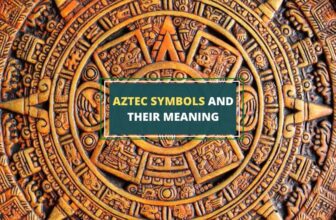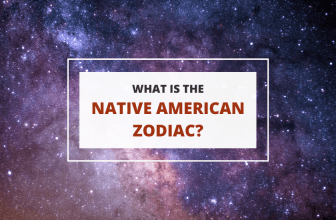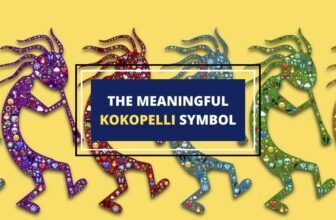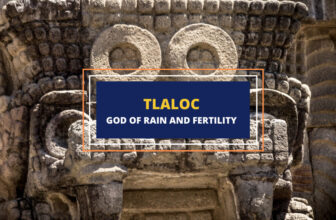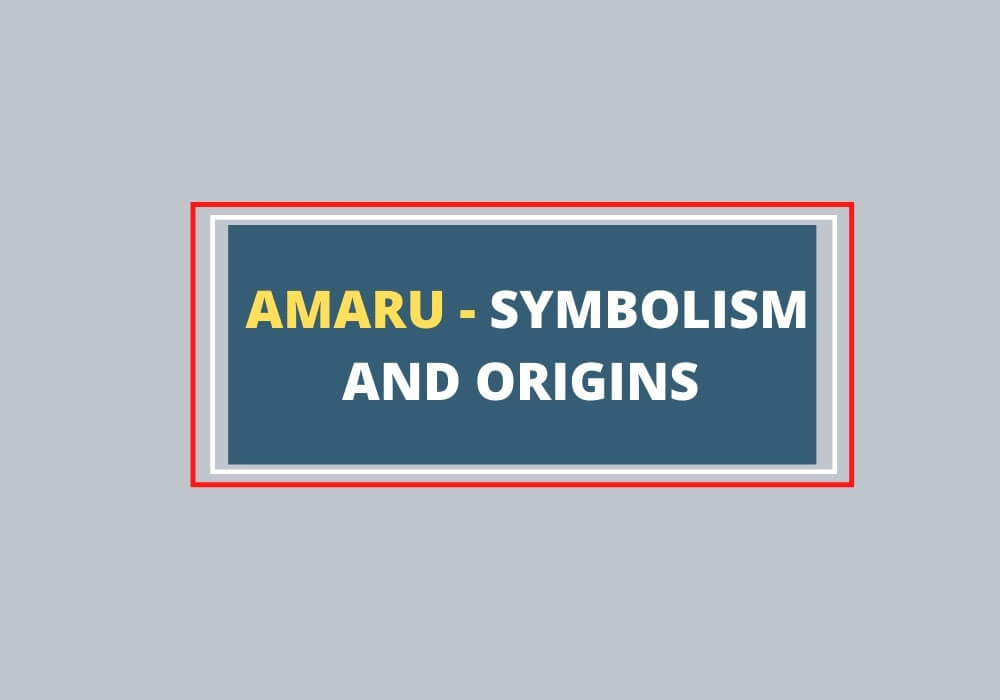
Table of Contents
The Amaru, a mythical two-headed serpent or dragon, is an important figure in Incan mythology. It has special powers and could cross the boundaries between the spiritual realm and the underworld. As such, it was considered highly significant and even revered. Here’s a closer look at the Amaru, it’s origins and symbolism.
Amaru – History and Representation
The word Amaru translates to snake in Quechua, which is the ancient language of the Incan and Tiwanaku empires of South America.
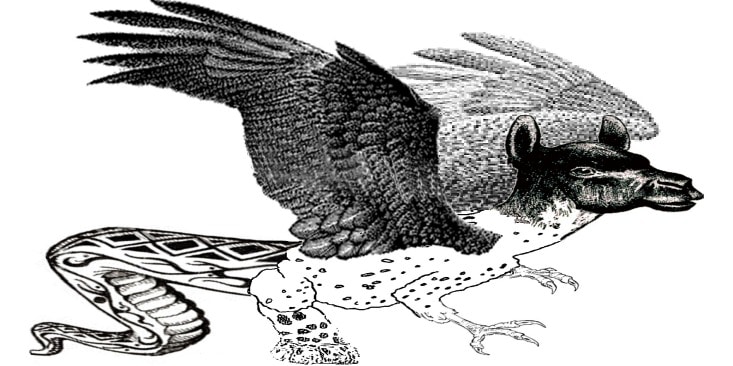
The Amaru was is a powerful Chimera-like dragon, with two heads (typically a llama and a puma) and a composite of body parts – a fox’s mouth, a fish’s tail, condor wings, and a snake’s body, scales and sometimes wings. Depictions vary but the general view is a serpentine animal, much like the anaconda, with the parts of other animals. In this regard, the Amaru is similar to the Chinese dragon, which is also depicted like a snake.
The Amaru was believed to have supernatural powers and were the heralds of sudden change in the natural world. They were often depicted as coming out of the depths, from mountains, caves or rivers. The Amaru was seen as the bringer of revolutions, rain, and the winds of change. It could also cross to and from the spiritual underworld.
Generally, the Amaru is shown as morally ambiguous or malevolent, sometimes fighting and killing according to some myths. They did not have the interest of humans at heart, like Chinese dragons, and were not wicked beings that needed to be slain, like European dragons.
Depictions of the Amaru can be found on pottery, clothing, jewelry, and as sculptures, most dating several hundred years old. The Amaru is still viewed as a deity by modern-day members of the Incan culture and speakers of Quechua.
Symbolism of Amaru
Amaru was essential to the Incan traditions and had various meanings.
- Amaru symbolizes the creative power of the Earth, Mother Nature, and humankind.
- Amaru is considered a connection to the underworld.
- As Amaru represents the blending of the realms, it represents the sudden and sometimes violent, overturning of the established order. Amaru teaches the value of revolution by using his energy to balance the worlds with earthquakes, floods, storms, and fires.
- Similarly, Amaru shows the link between the sky and the otherworld through lightning.
- The Amaru is said to be shown to the people through the sky. The rainbow is considered the day Amaru and the Milky Way constellation is the night Amaru.
Wrapping it Up
The Amaru is an important Incan deity that serves as a reminder that we can control our energy and can influence change and revolutions. The image is found throughout the artwork of the culture.




